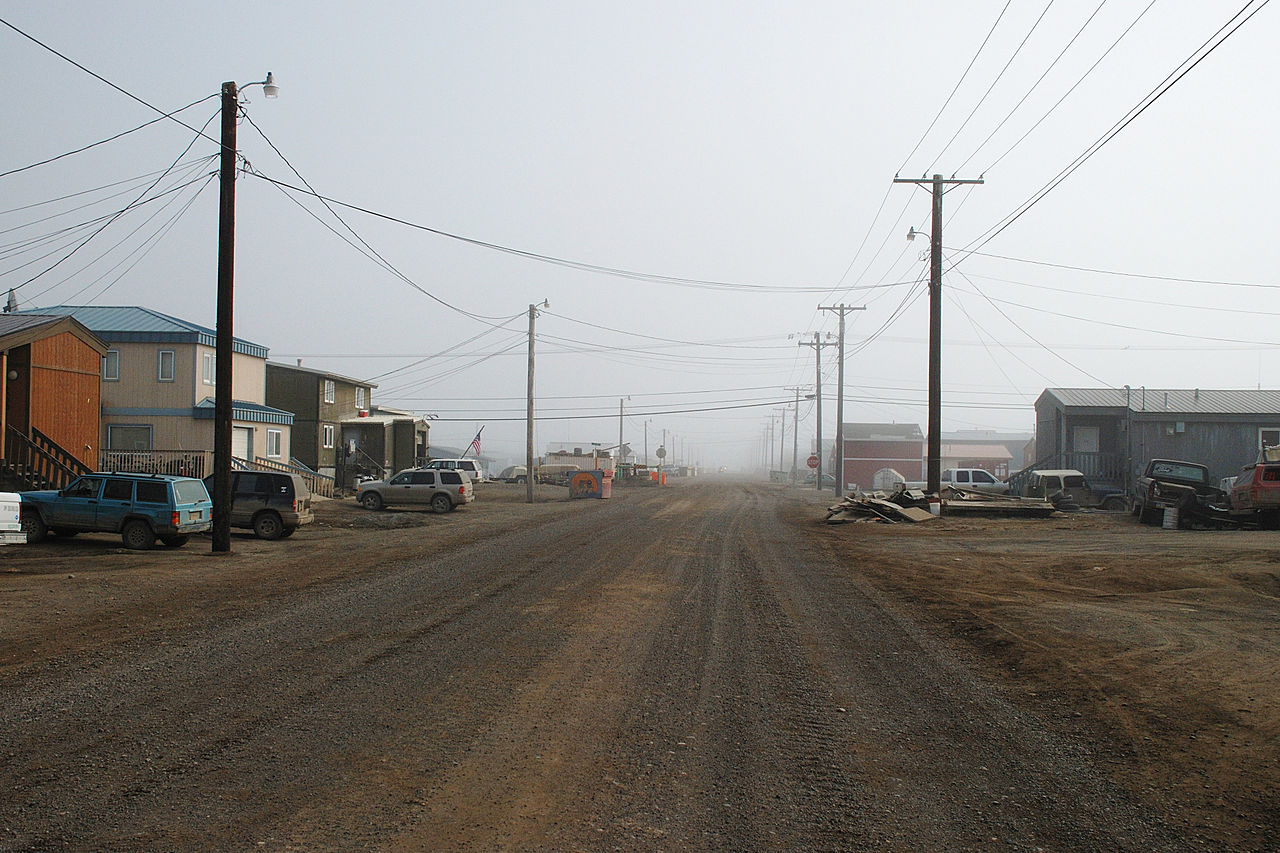Overcrowded homes remain a health crisis in North America’s Arctic
Living in overcrowded homes can seriously impact both the physical and mental health of residents.

Overcrowded homes continue to be a pressing issue in the North American Arctic when compared to states and territories further south — and one with serious consequences for the health and well-being of the region’s residents.
Overcrowding was among the issues highlighted in the 2018 Alaska Housing Assessment from the Alaska Housing Finance Corporation. Complied with help from the Cold Climate Housing Research Center in Fairbanks and using data from the U.S. Census Bureau, Alaska Department of Labor and Alaska Retrofit Information System, it’s the fourth such assessment from the center and focuses on pressing housing needs across the state like energy efficiency, housing costs and overcrowding.
The assessment shows that Alaska’s two majority-Arctic regions, North Slope Borough and Northwest Arctic Borough, were among the top five areas with the highest percentages of overcrowding in the state. (When examined by the slightly different boundaries of Alaska Claims Settlement Act regions, the two Arctic regions, Arctic Slope and NANA, were among the top four regions affected by overcrowding.)
“I think [overcrowding] is something that not a lot of people think about,” said Bryan Butcher, CEO of AHFC. “It’s easy to see homes that aren’t very energy efficient and some of the homelessness problems — a lot of things are very visual, but I think that overcrowding…if there wasn’t a focus on it, it is something that would be overlooked.”
Children living in overcrowded homes — defined by the U.S. Department of Housing and Urban Development as having more than one person in a house per room — are more susceptible to contracting meningitis and developing respiratory problems like pneumonia. Living in crowded houses is also shown to have a negative effect on family relationships and children’s education, and may lead to depression, stress and anxiety.
“It’s one of the areas that potentially can do the most damage,” said Butcher. “Not only is overcrowding physically harmful, in that you’re putting a lot of people into a small area and it’s unhealthy, but it is also unhealthy on the mental health side to have so many people living together.”
In Alaska’s Northwest Arctic, 39 percent of households are overcrowded, compared to just 3 percent of households in the U.S. More than half of these households are deemed “severely overcrowded” by HUD standards, meaning there are 1.5 or more people per room in a house. In the North Slope Borough, 27 percent of households are overcrowded, with 12 percent severely overcrowded.
These results are similar to those included in a 2017 Canadian Senate report looking at housing in Inuit Nunangat, four regions spanning the Inuit homeland in Canada’s Arctic and sub-Arctic. In “We Can Do Better: Housing in Inuit Nunangat,” the report’s authors describe some of the housing conditions the authors encountered when they traveled to several communities in Inuit Nunangat, including a three-bedroom house sheltering 15 to 16 people. In 2011, Canada’s National Household Survey found that 39 percent of Inuit in the region lived in crowded homes. Household crowding is an issue in Greenland as well.
The causes of overcrowding are complex for both the U.S. and the Canadian Arctic. The relative isolation and winter conditions make transporting construction materials and building new homes harder and more expensive. A 2016 Canadian report quotes the average building costs of anywhere between $300 to $400 (in Canadian dollars) per square foot in the Inuvialuit Settlement Region in northwest Canada, far higher than elsewhere in the country.
Butcher from AHFC has witnessed a similar price discrepancy first-hand, describing a meeting to finance the building of a 2,000-square foot house in northern Alaska. While the cost to build would be around $700,000, the highest loan they could get from the bank was $400,000.
“The bank isn’t going to loan any more than what they think the property is worth, so that person is going to have to come up with $300,000 to make that work,” Butcher said. “As a result, we don’t see it get built.”
Strong community ties may also be a factor behind overcrowding in indigenous communities, the AHFC assessment found.
Residents in such communities “just see it as taking care of the family and it’s better than having them elsewhere,” said Nathan Wiltse from the Cold Climate Housing Research Center, who was part of the assessment’s project team. “But by the strict definition of the number of people per room, that one person or a couple of people might have turned it from an OK situation to an overcrowded one.”
This observation is consistent with the findings of a 2017 report on American Indian, Alaska Native and Native Hawaiian housing needs, which found that overcrowding was an indication of a homelessness issue in tribal housing
To alleviate overcrowding in the NANA region, the AHFC assessment states that over 700 units are needed right now; in the Arctic Slope, that number is over 500. Factoring in projected population growth and assuming the rate of new construction in the regions continues, the assessment projects that need will rise by around 50 units by 2020 in NANA and around 30 units in the Arctic Slope.
James Sceeles, CEO of the Tagiugmiullu Nunamiullu Housing Authority in the Arctic Slope, says there are a few things that can be done to address overcrowding in the region, including making the units more energy efficient (and thus reducing costs), looking at the family dynamics in the houses—and, most importantly, building new housing.
“The only thing that is going to address overcrowding in our region is new development,” Sceeles said, something which his authority has begun. Recently, TNHA completed building 25 new units in five different communities — though Sceeles said that even with these there was some difficulty obtaining funding to start building.